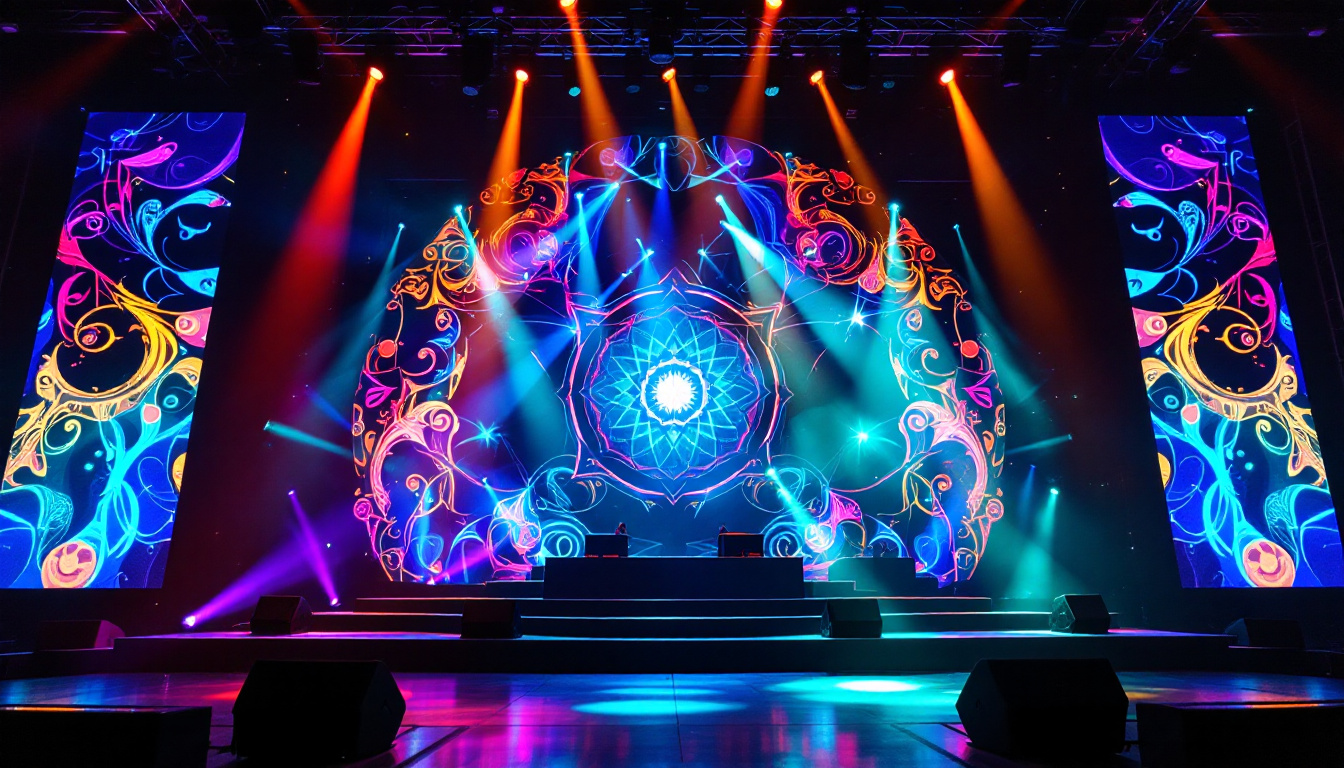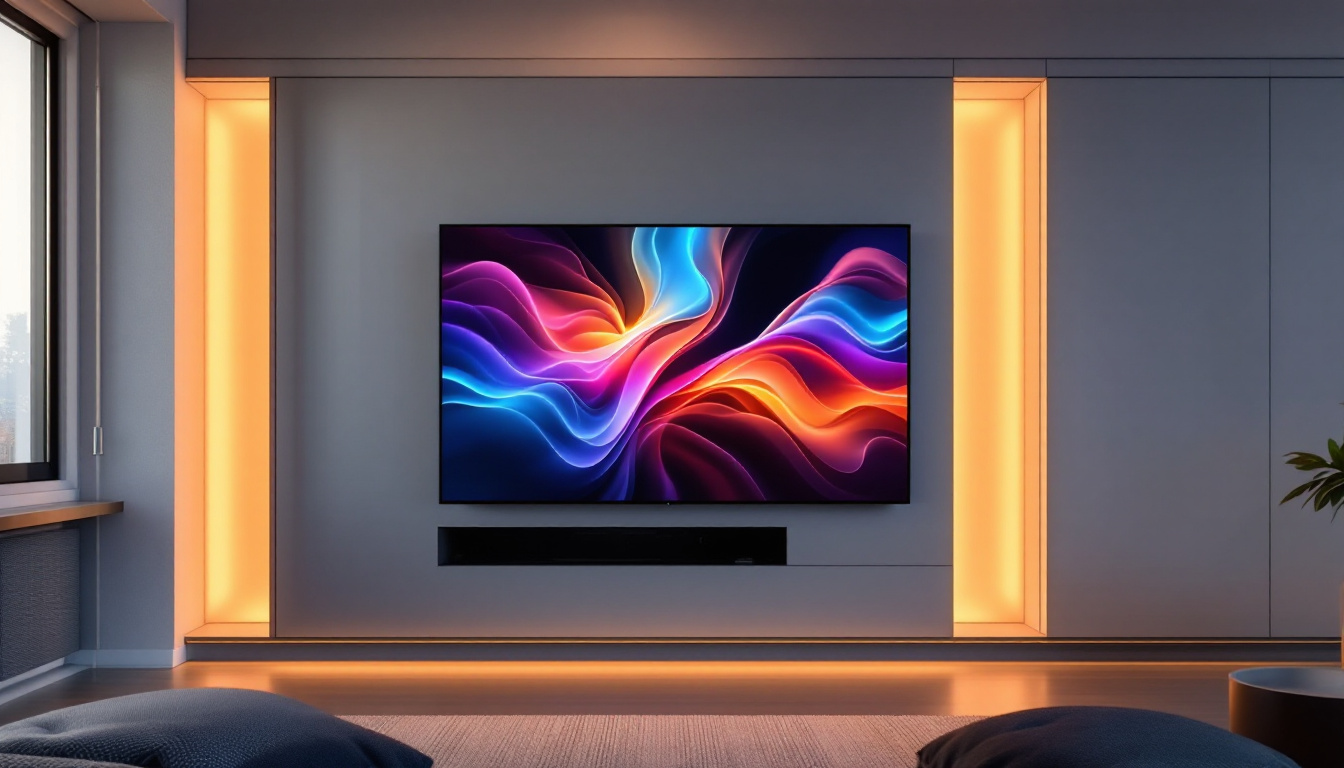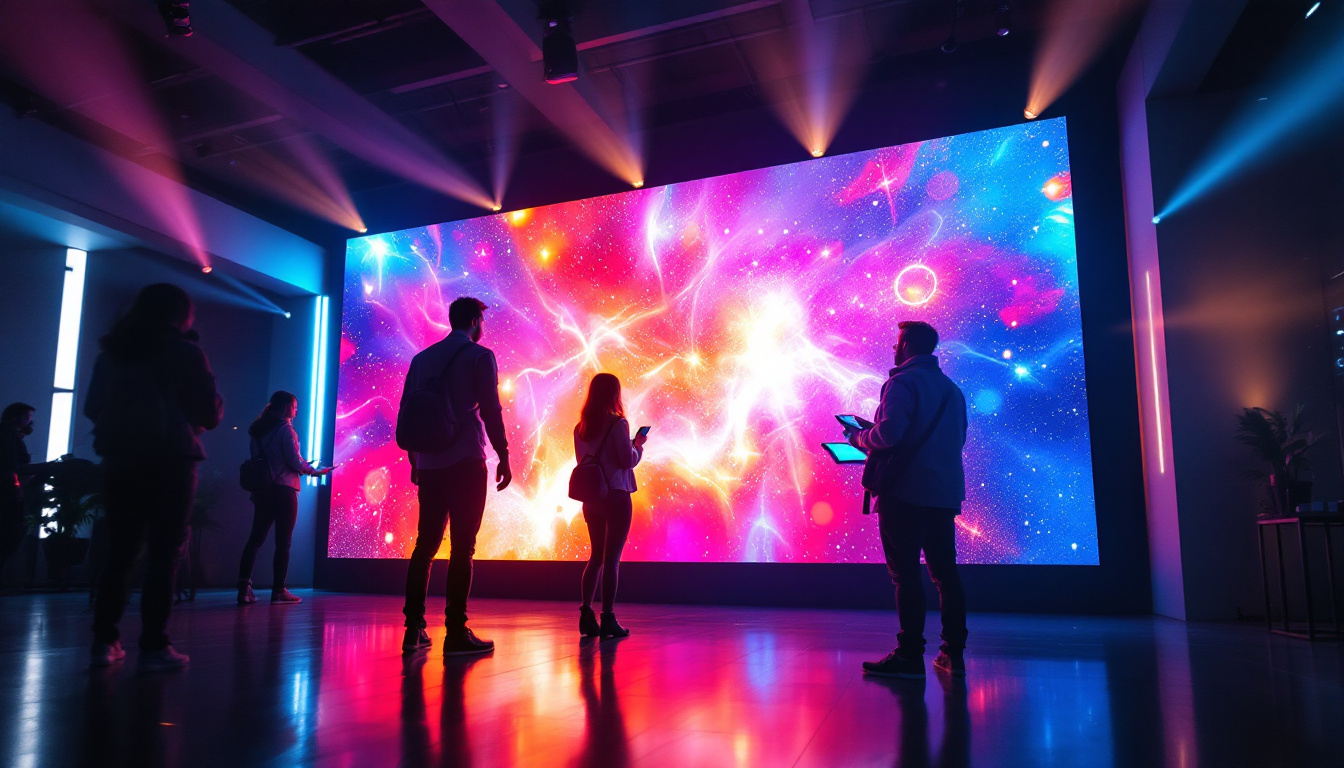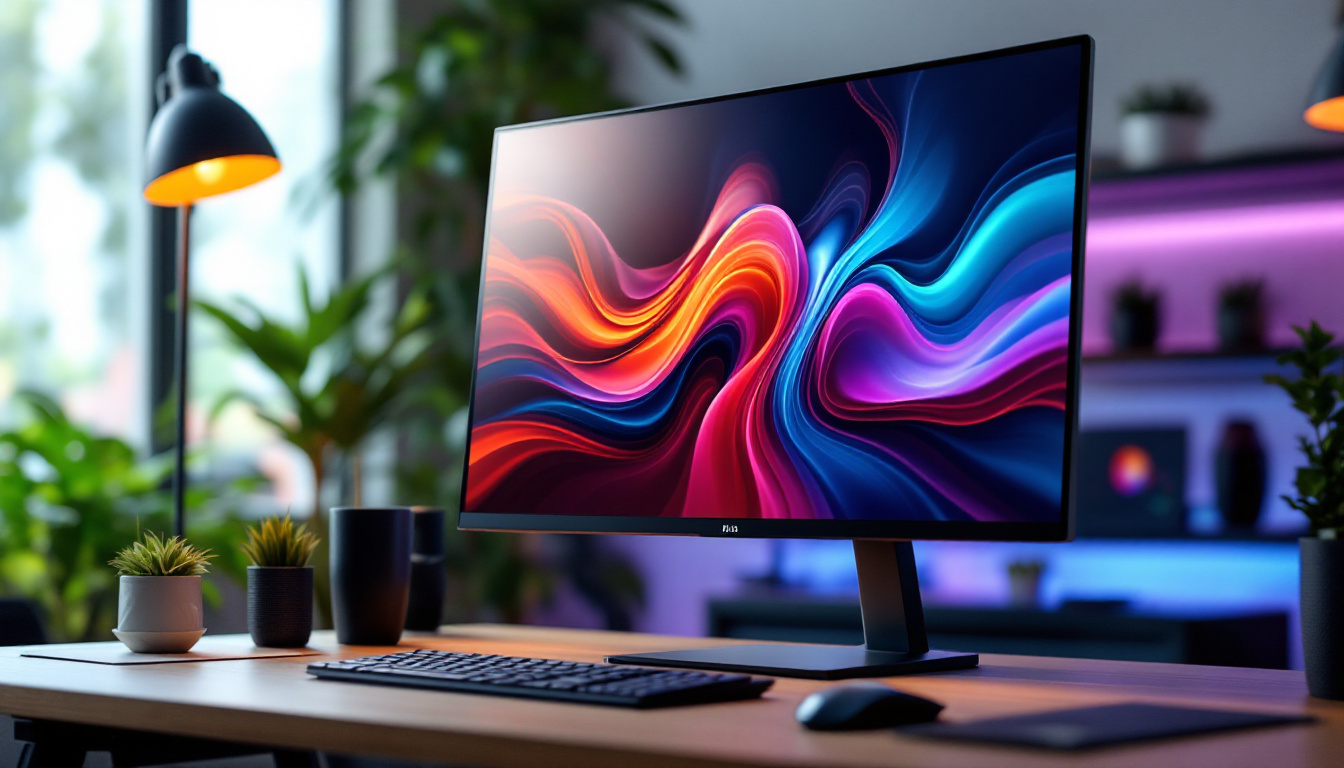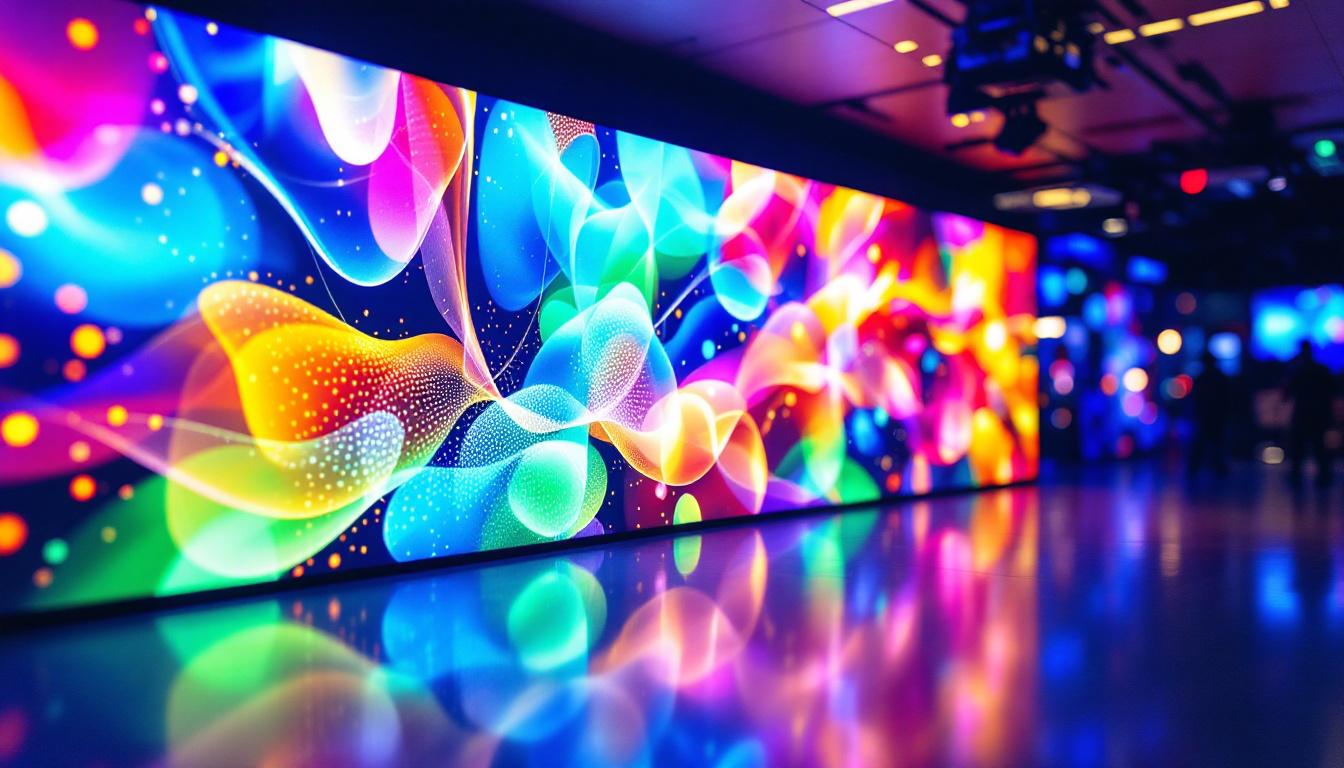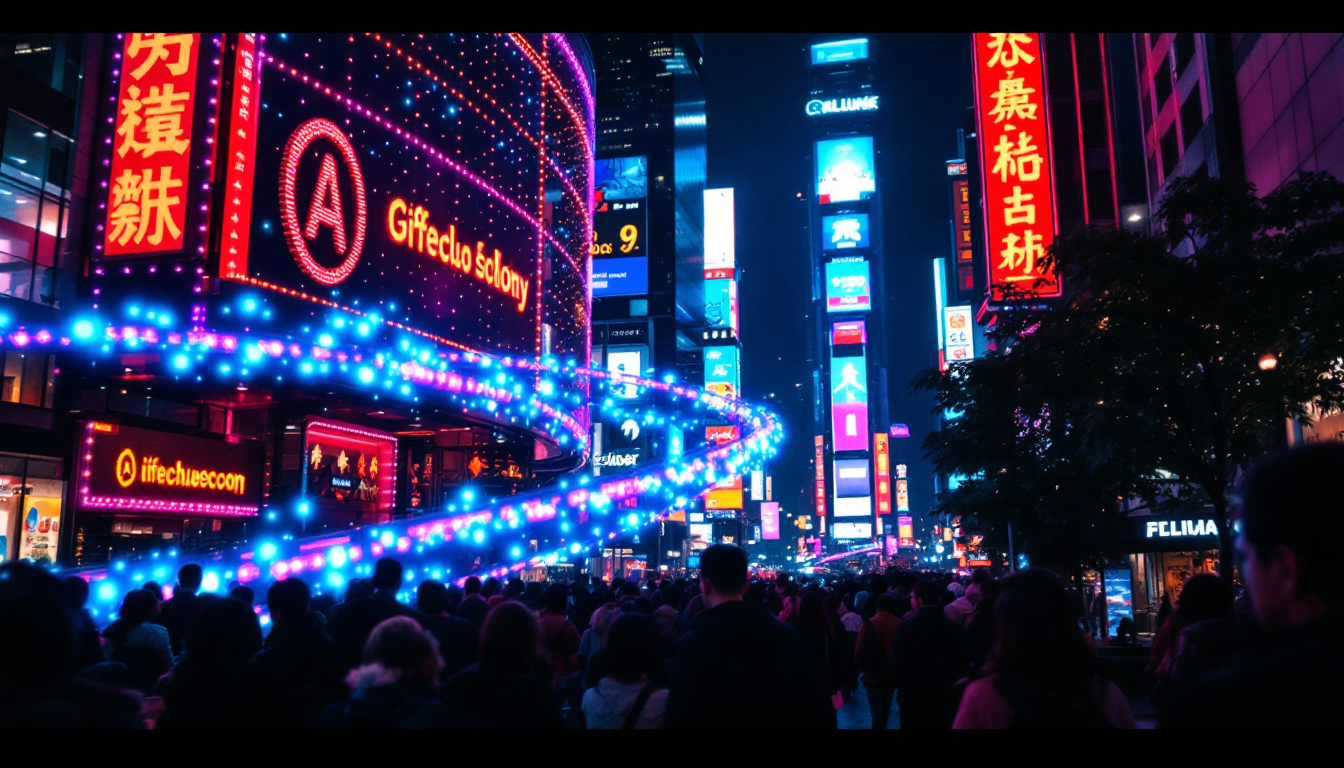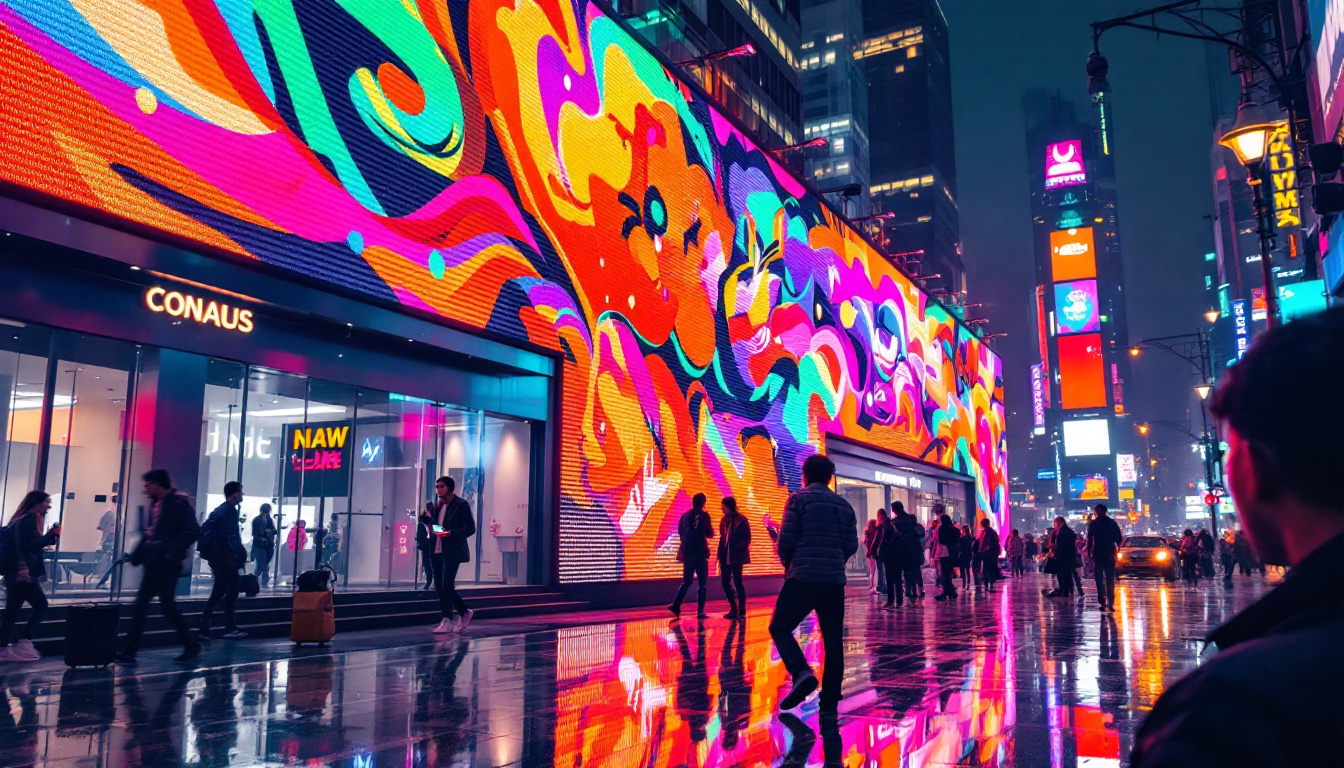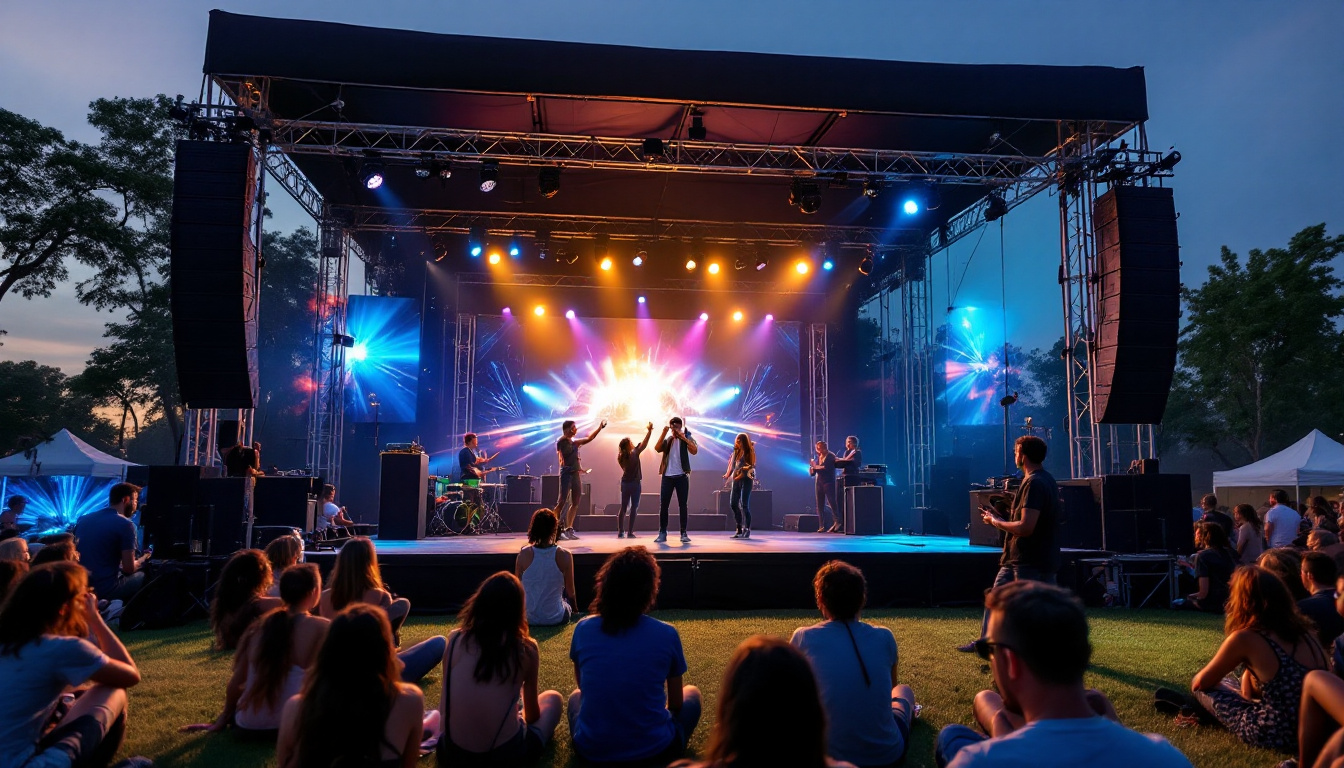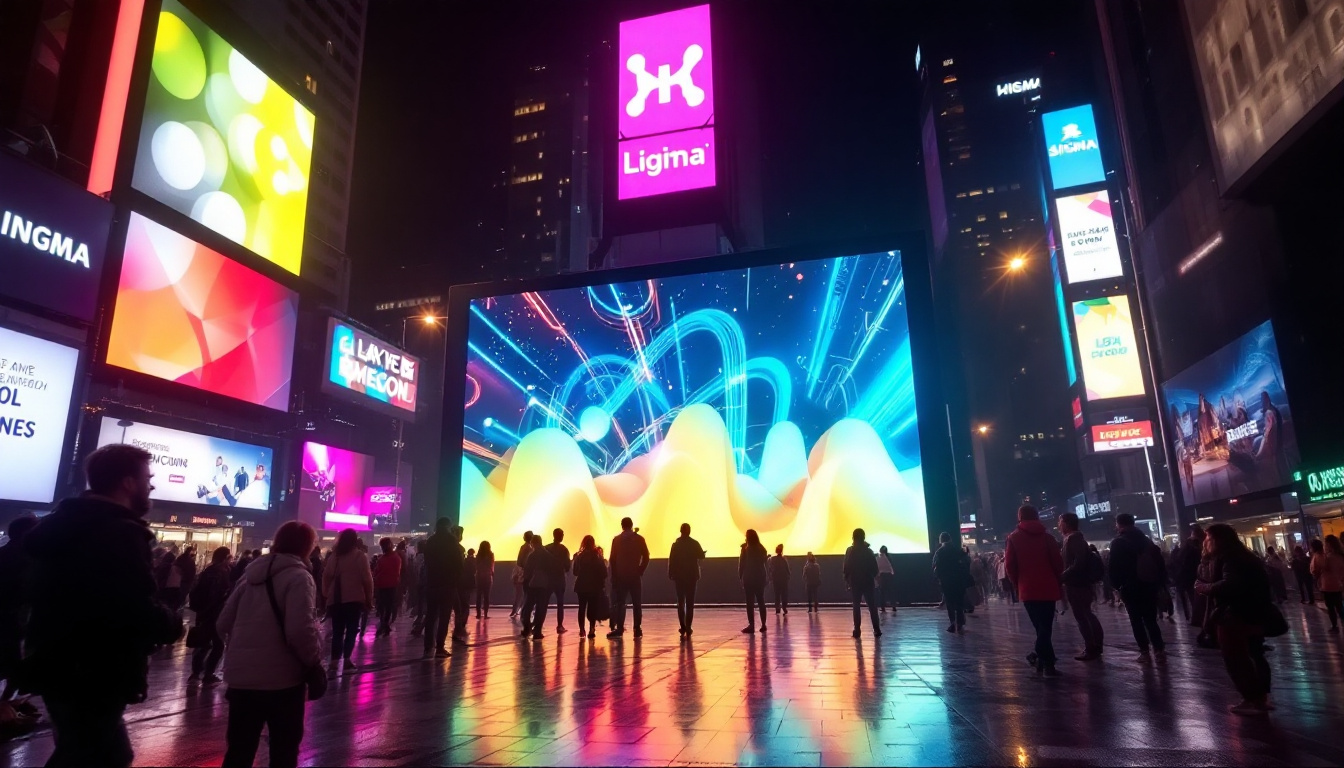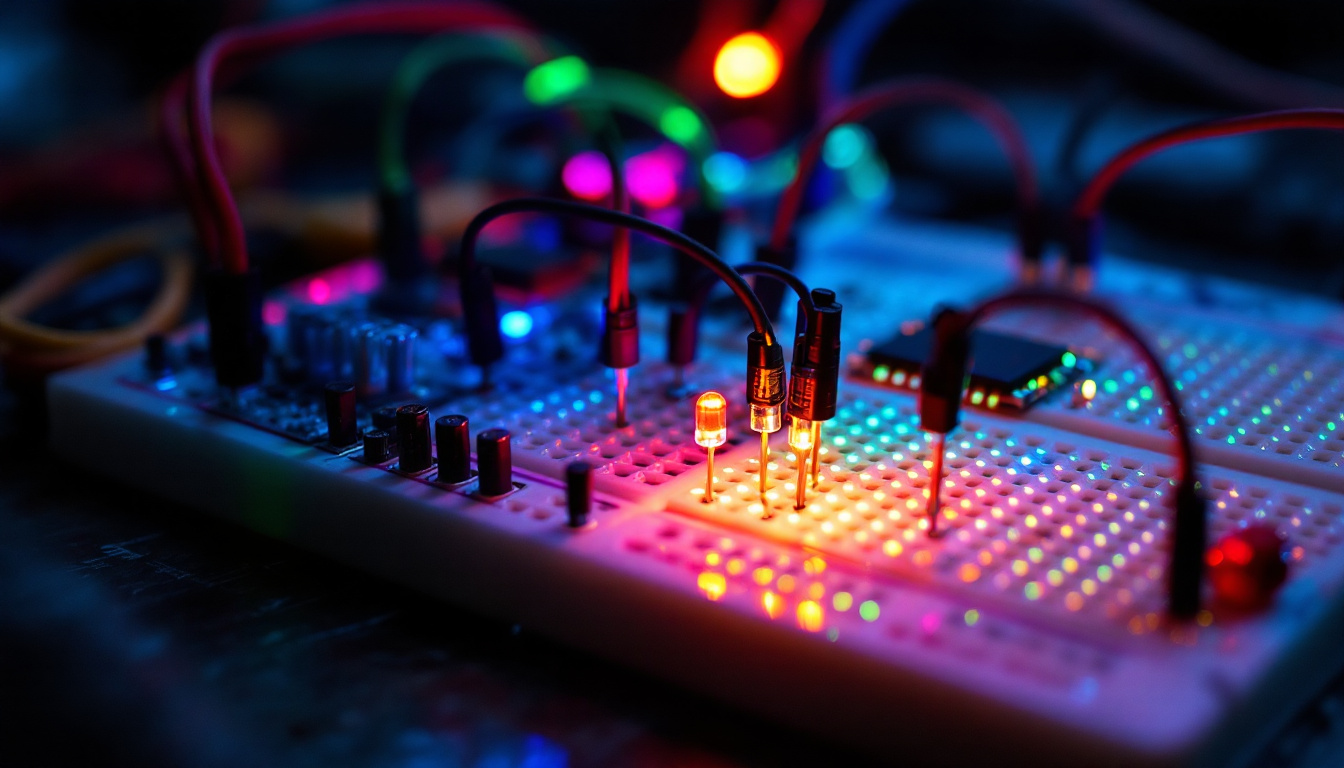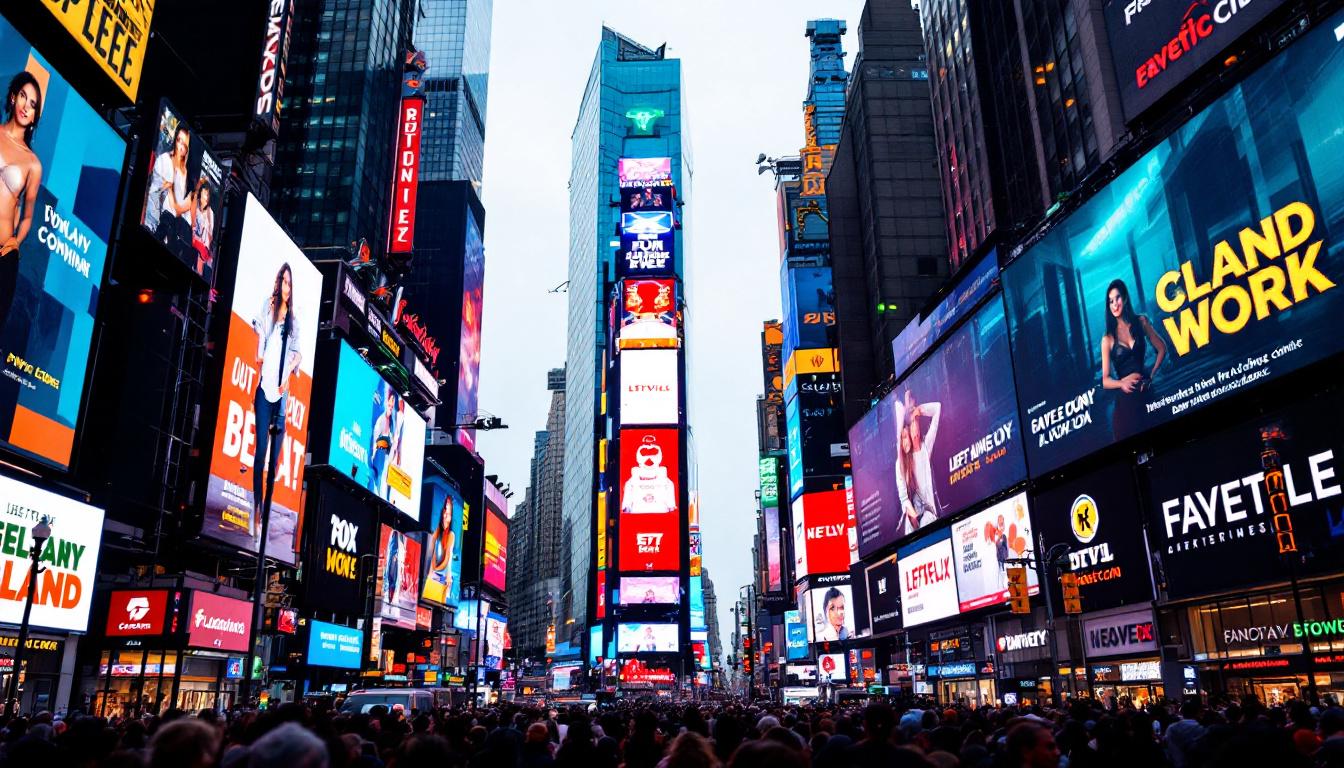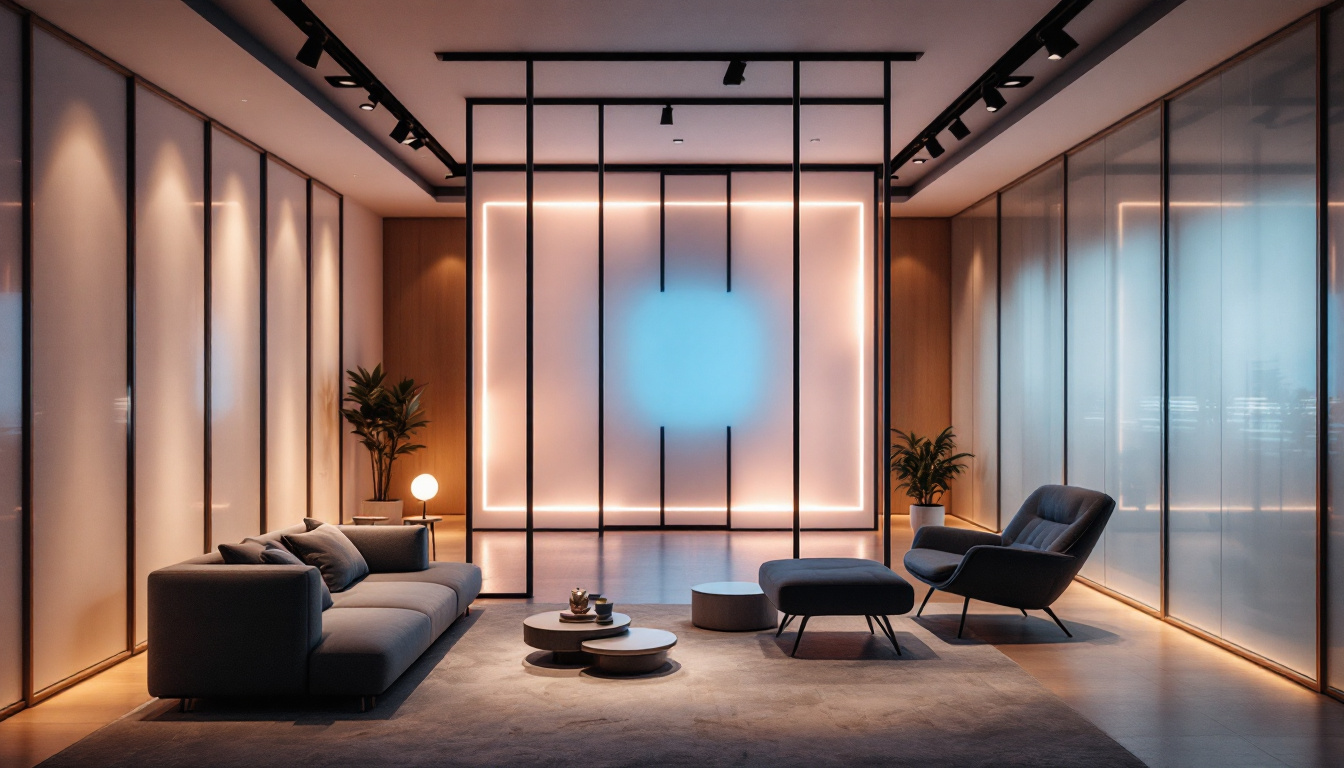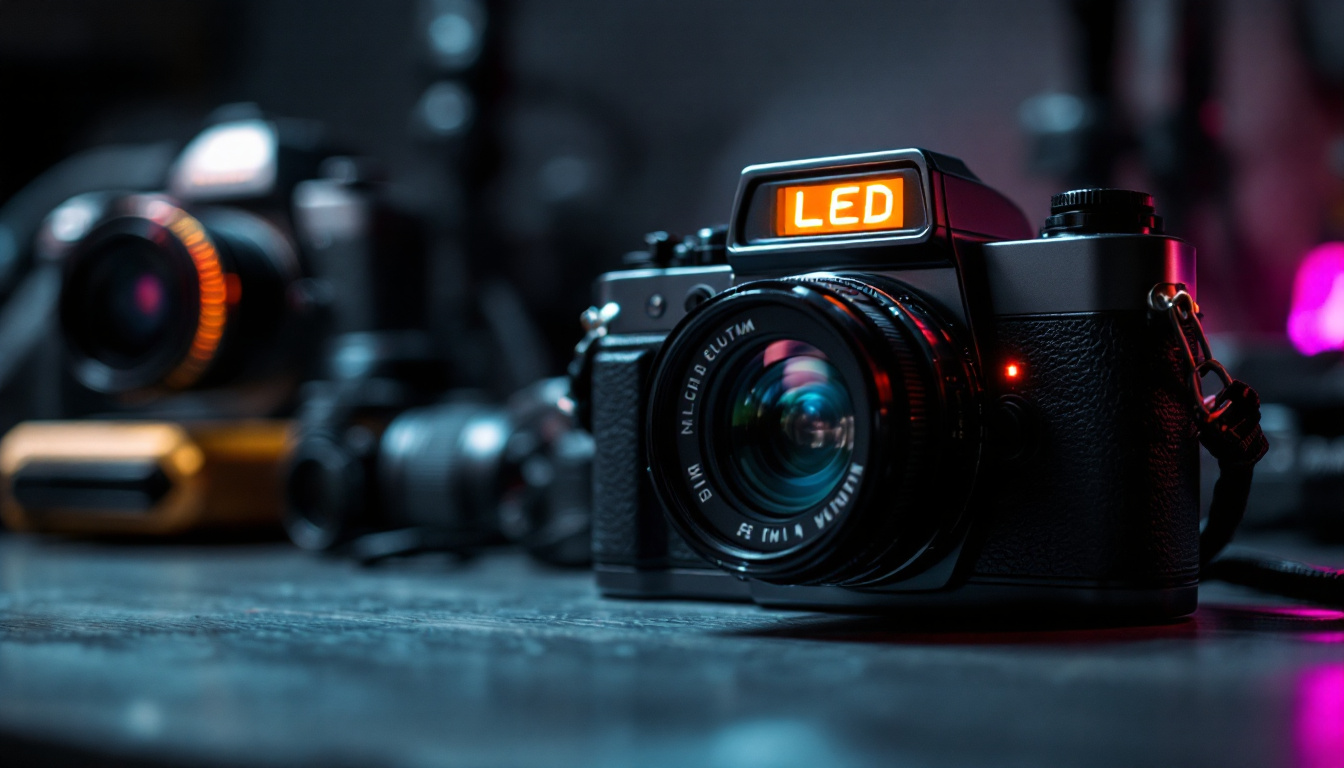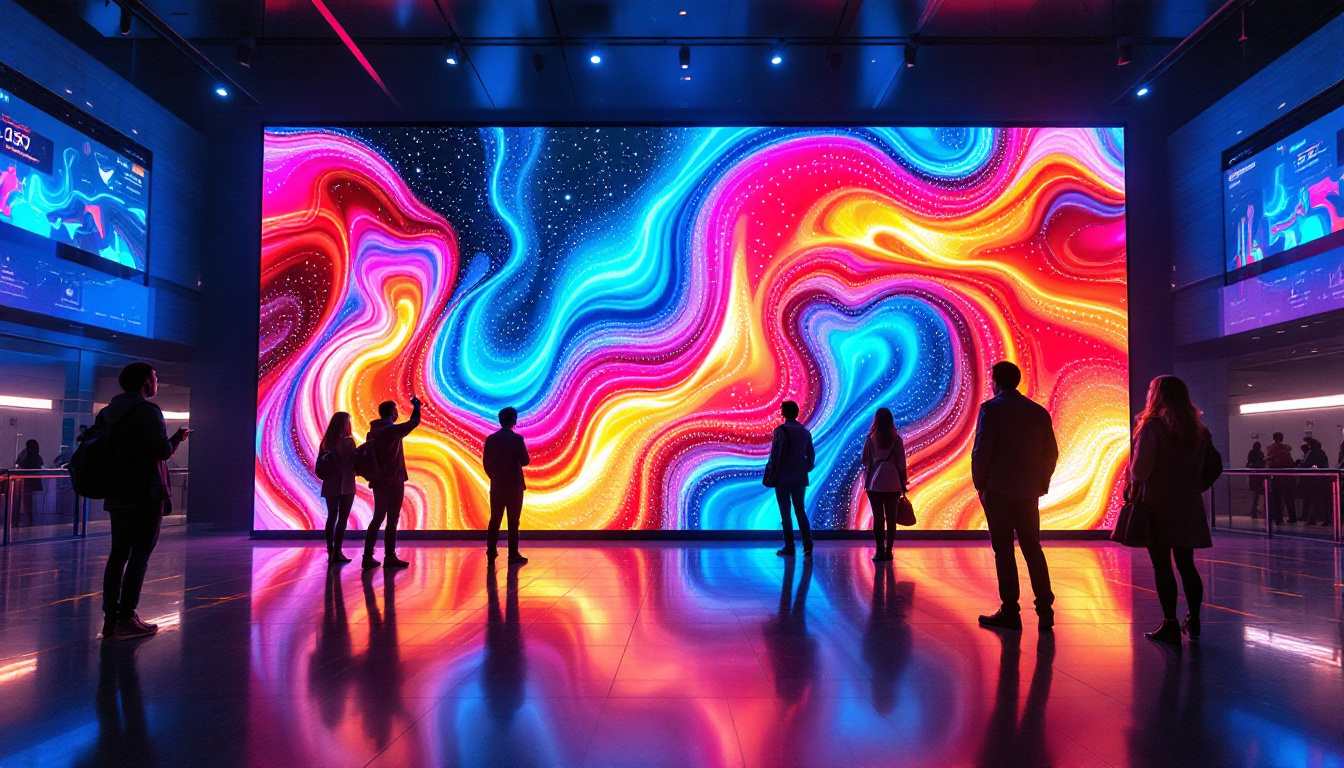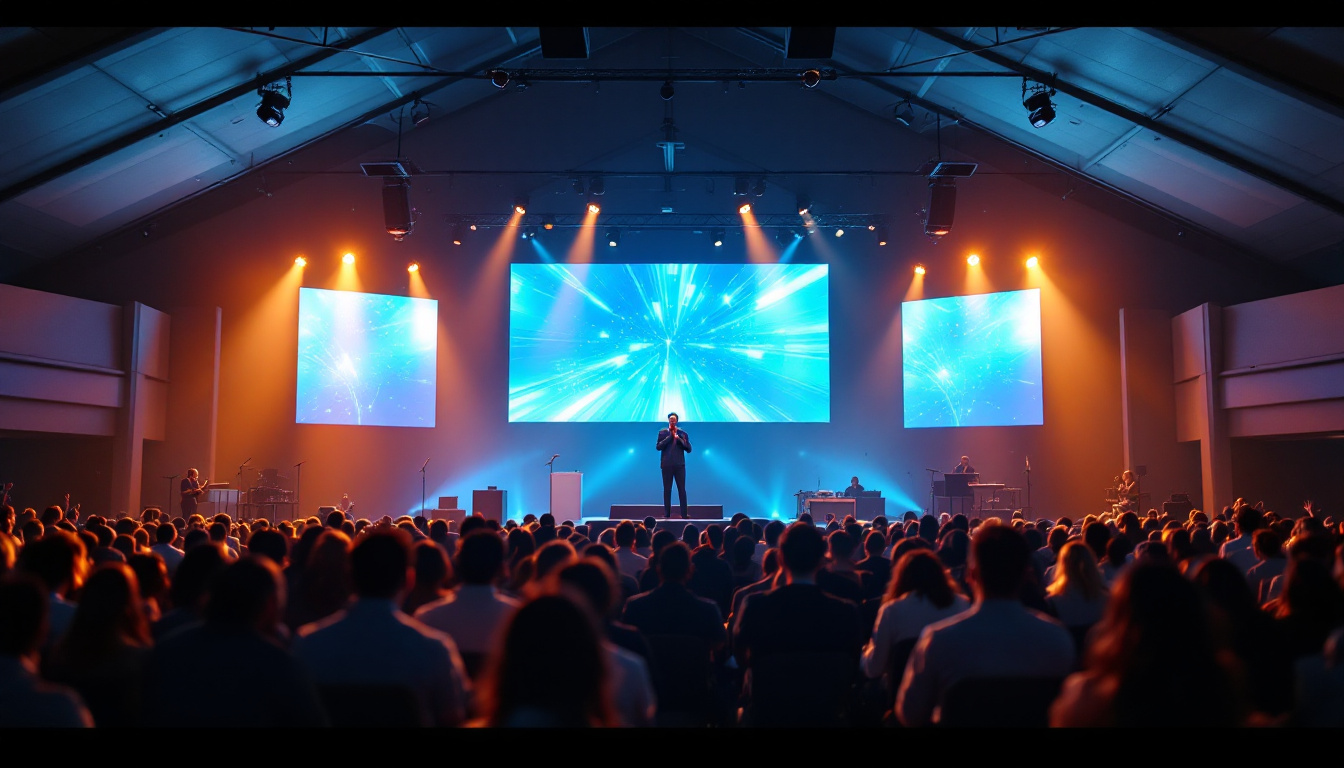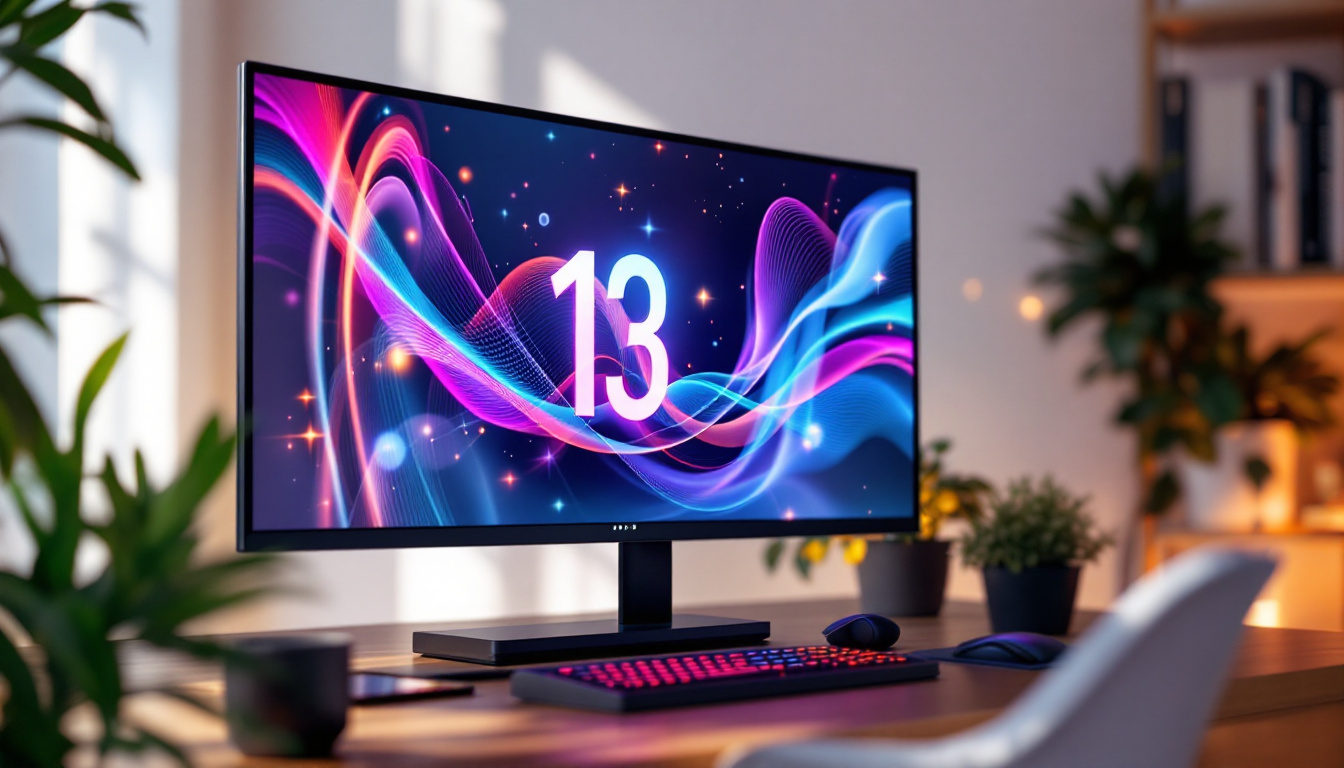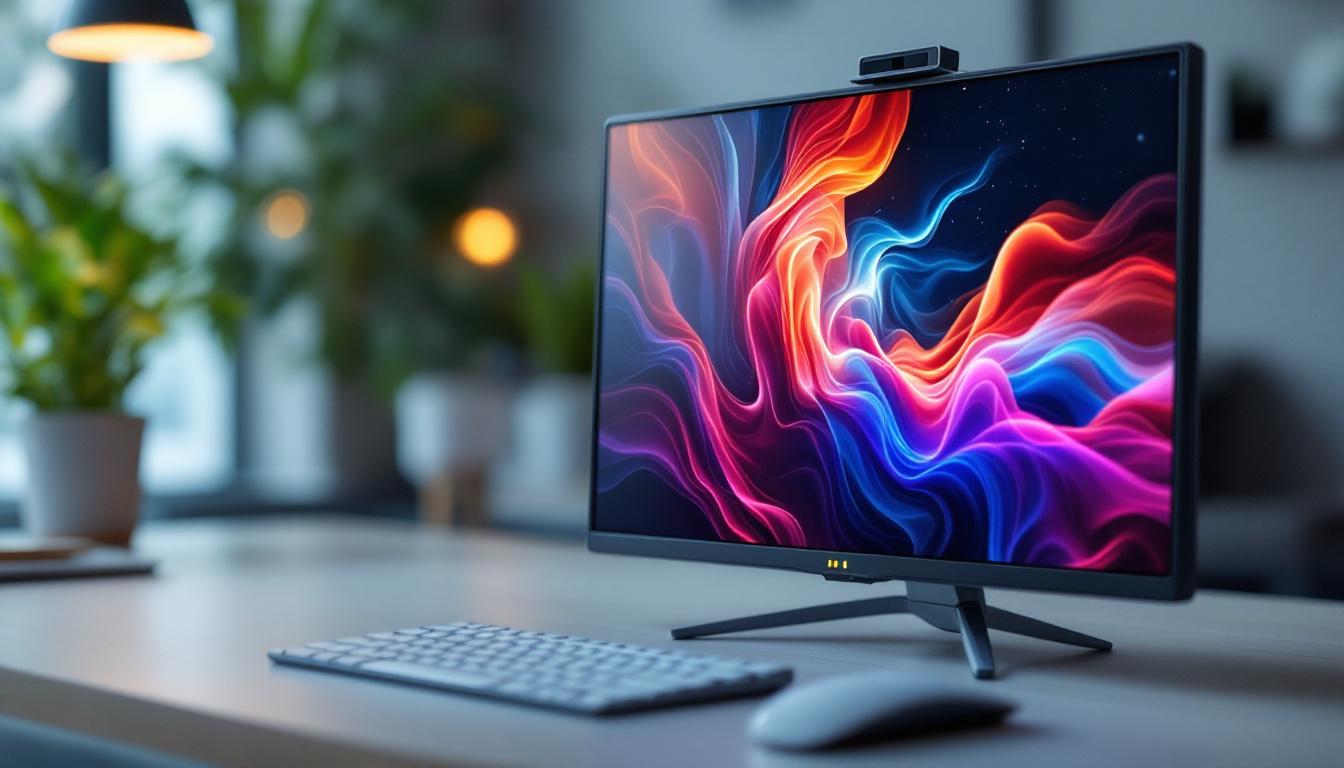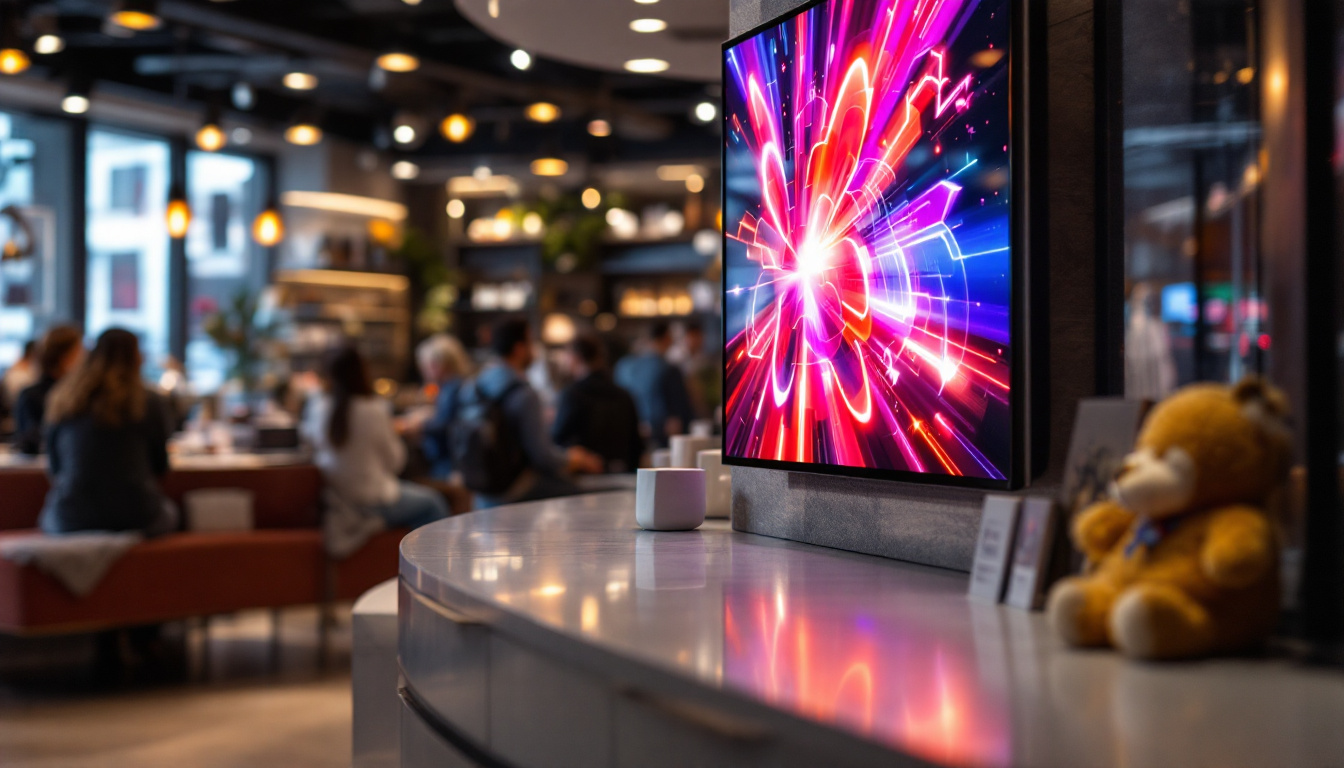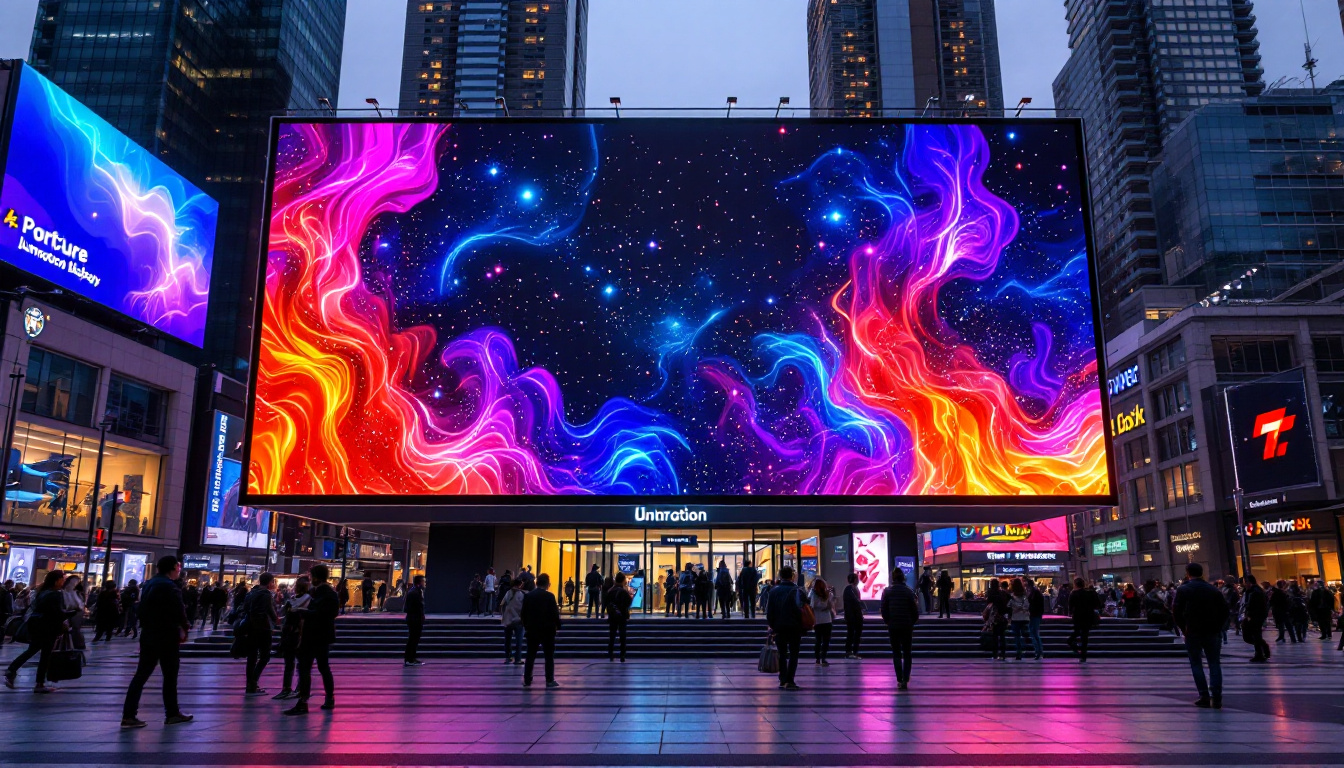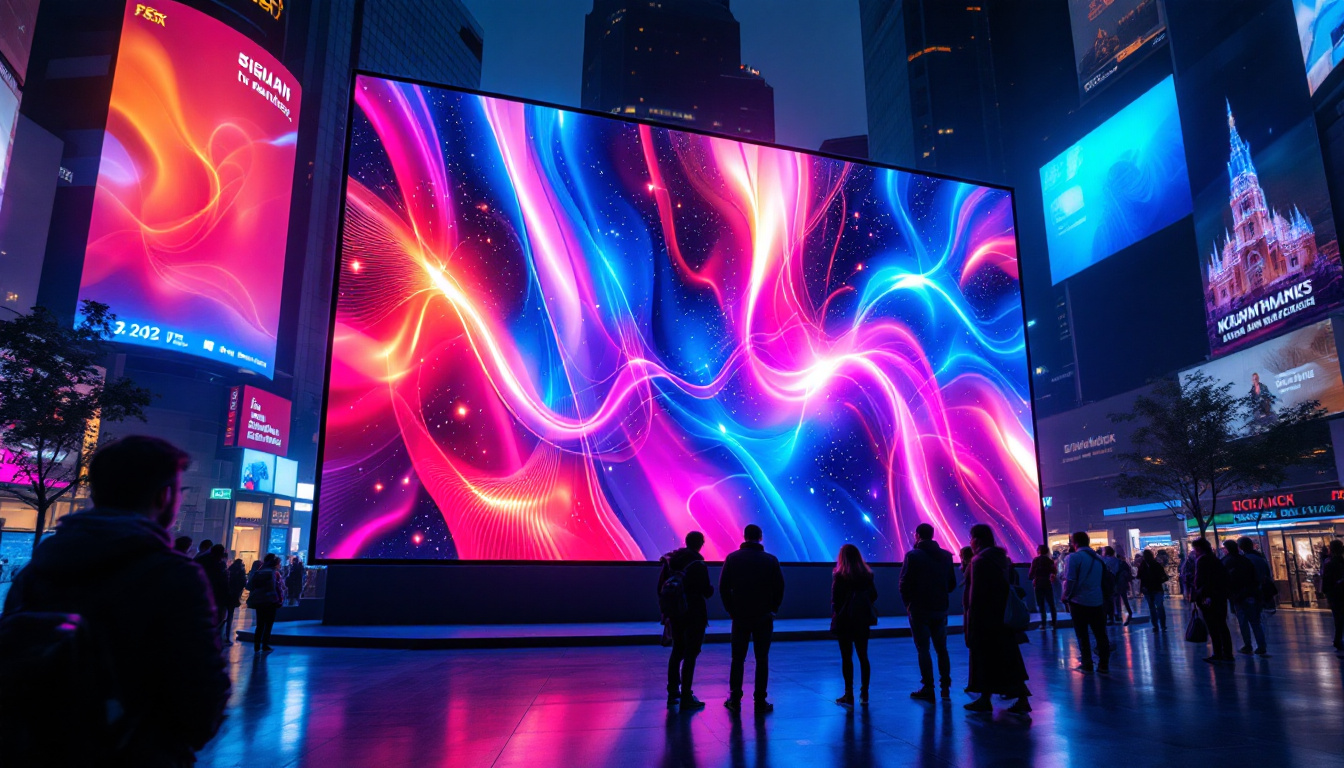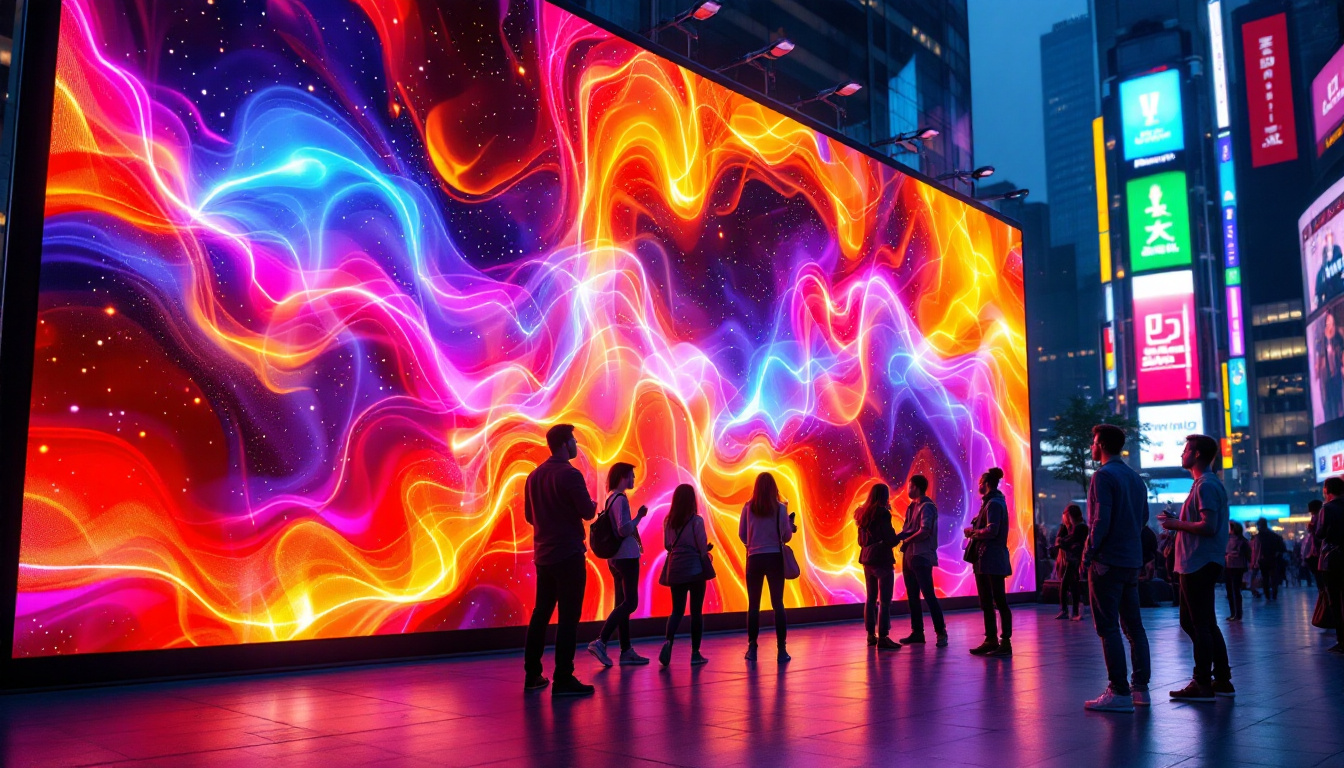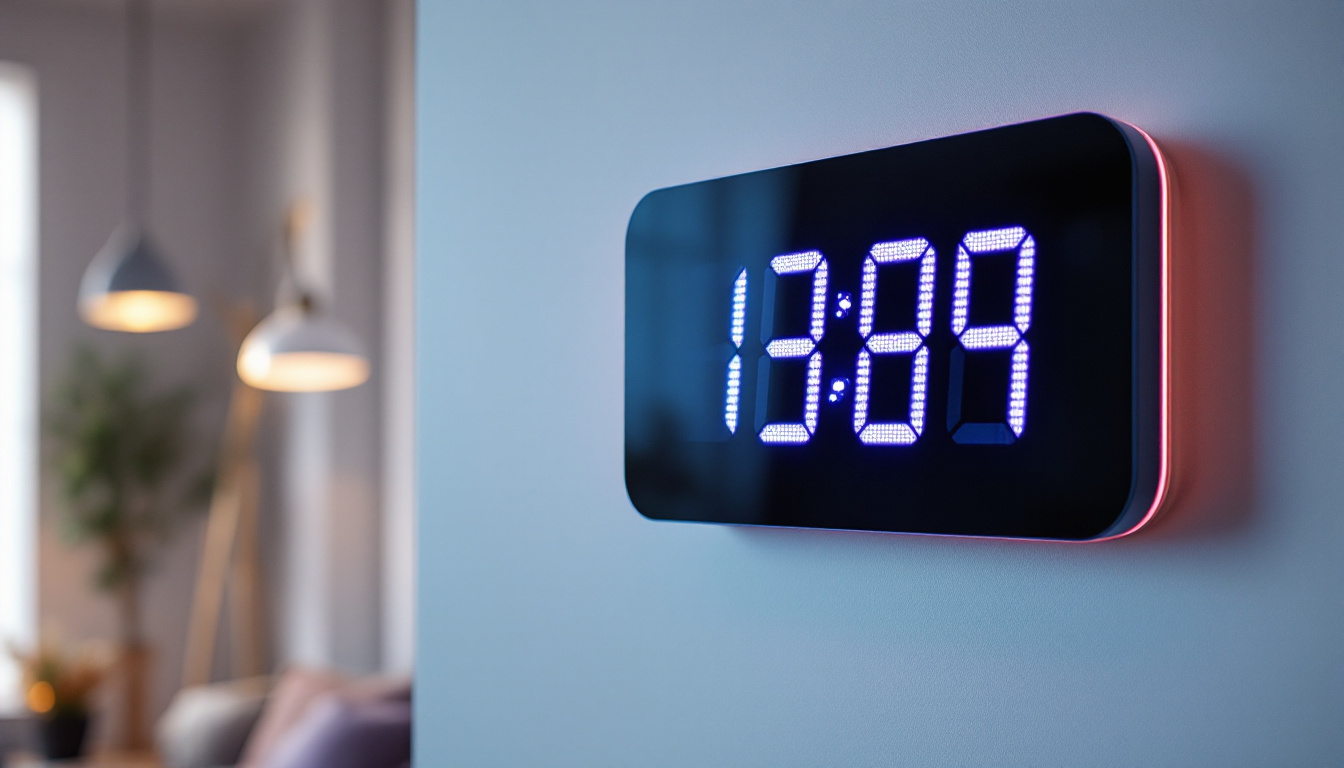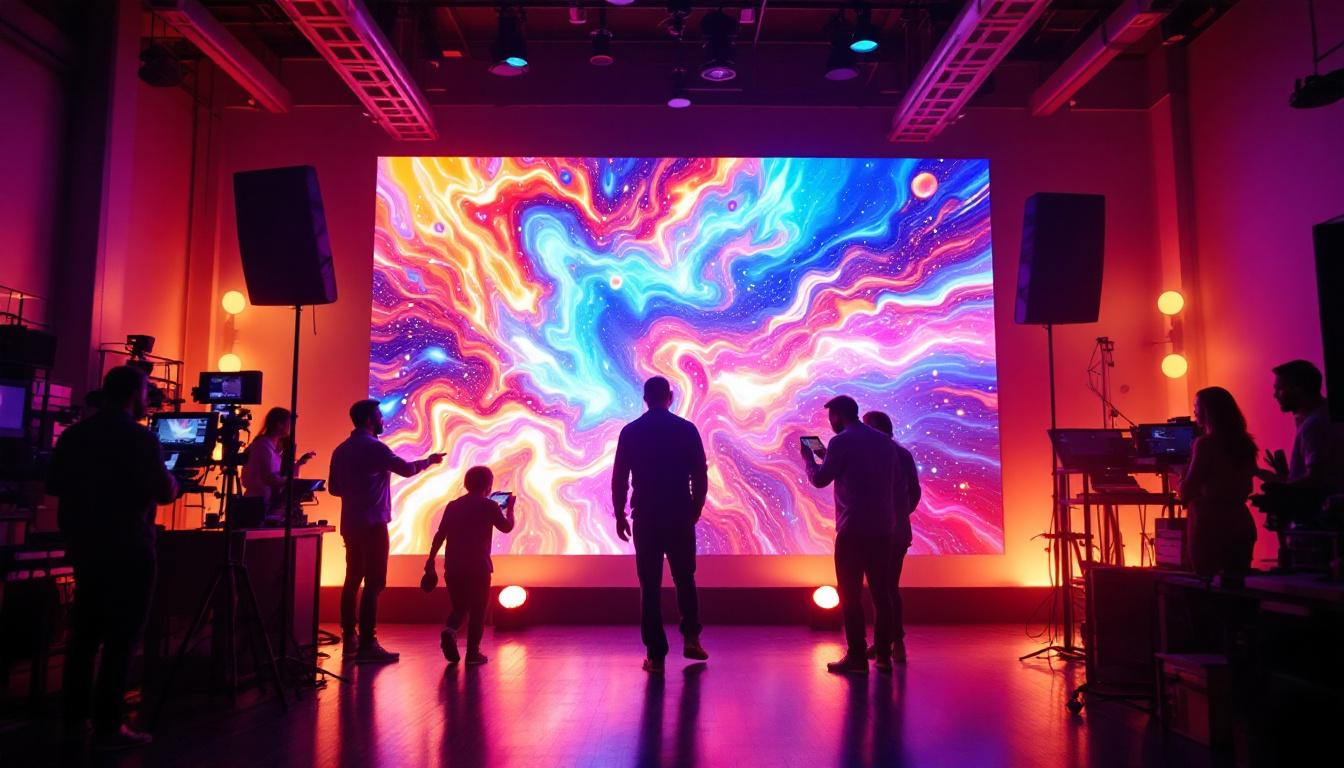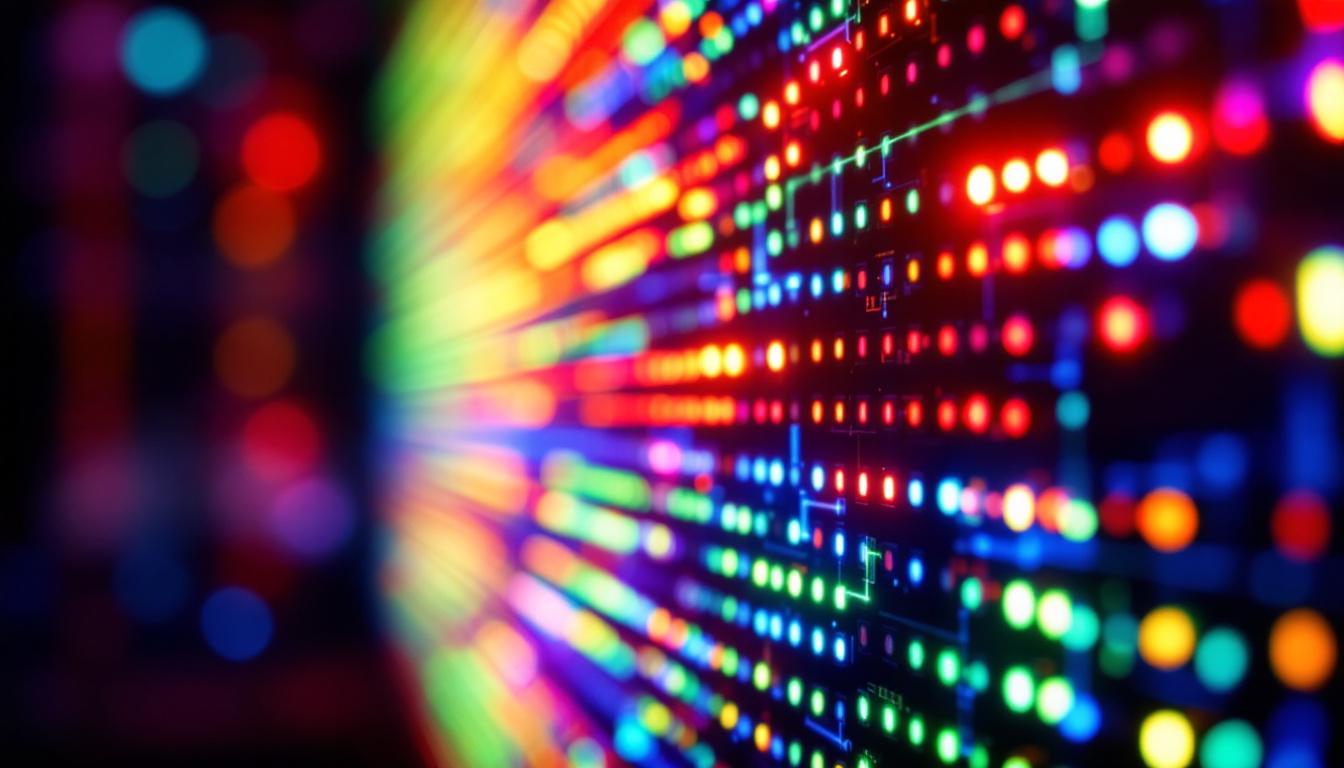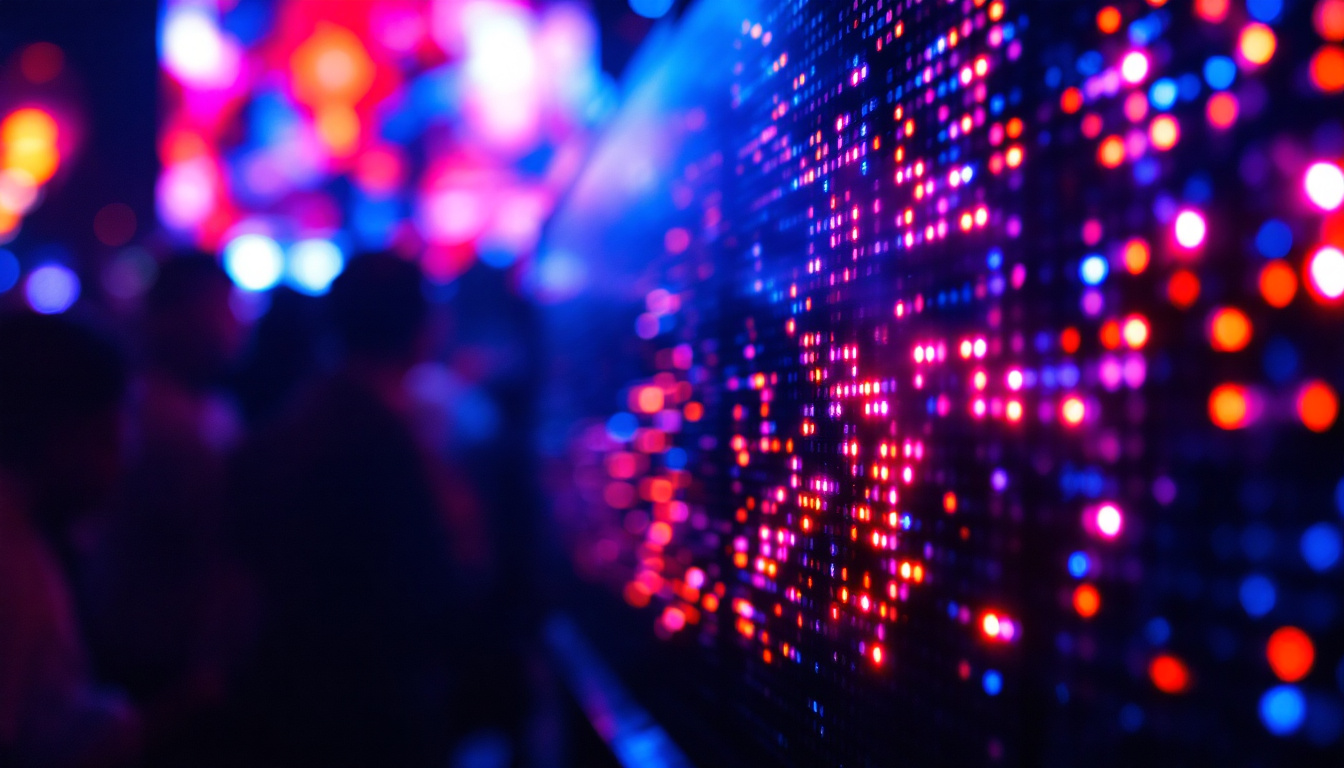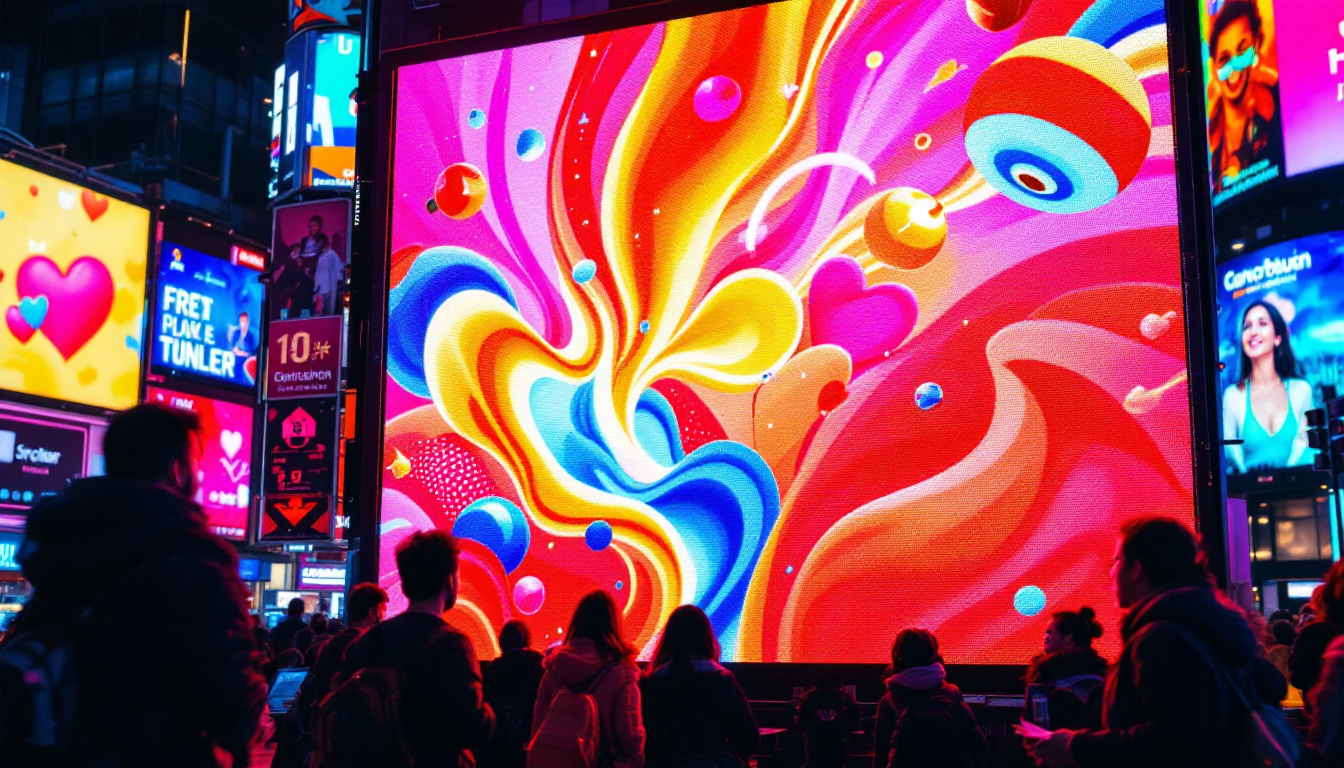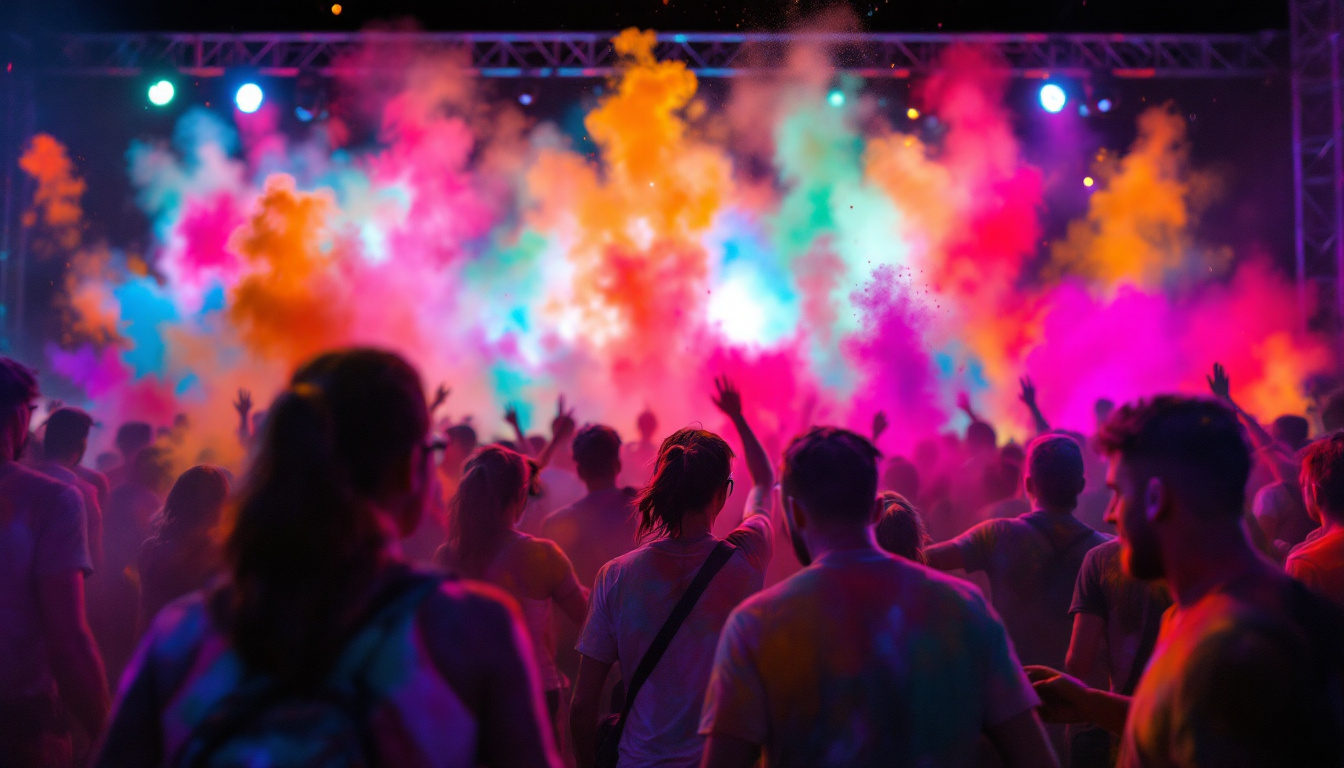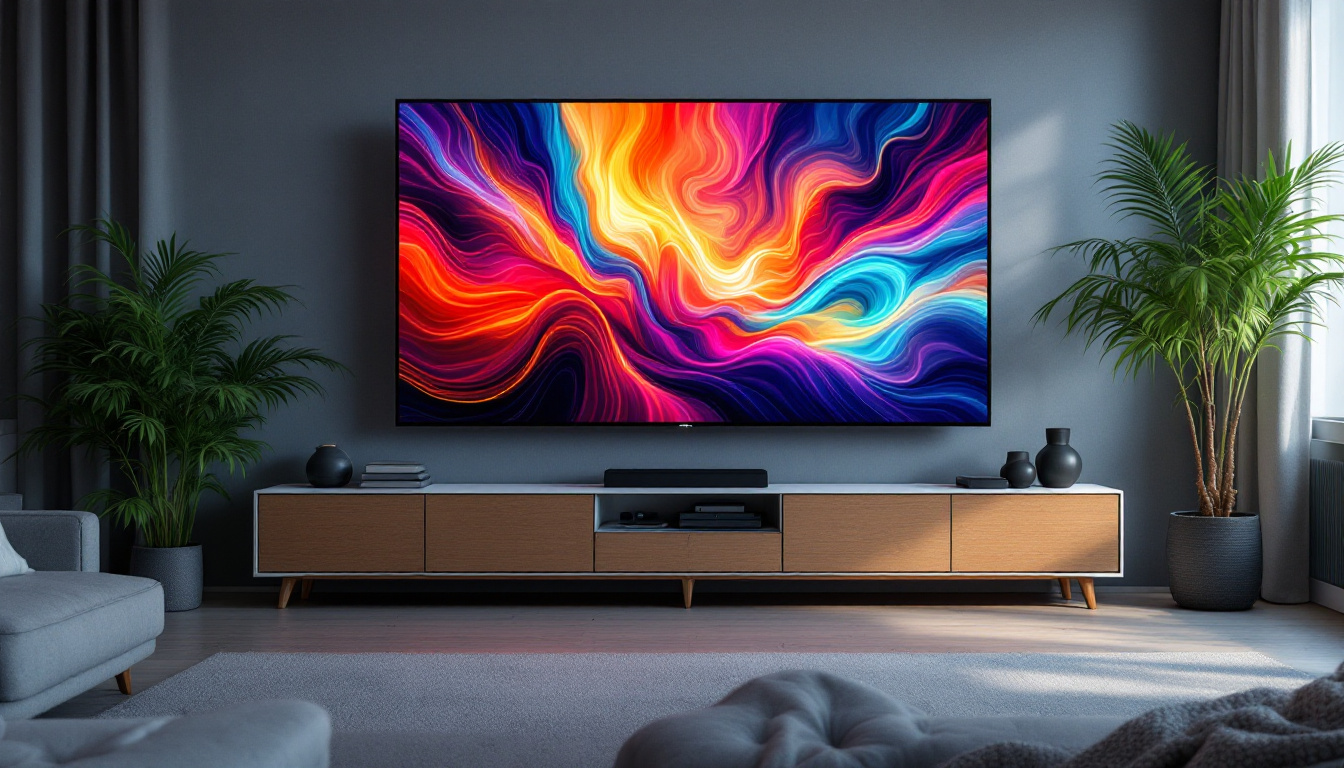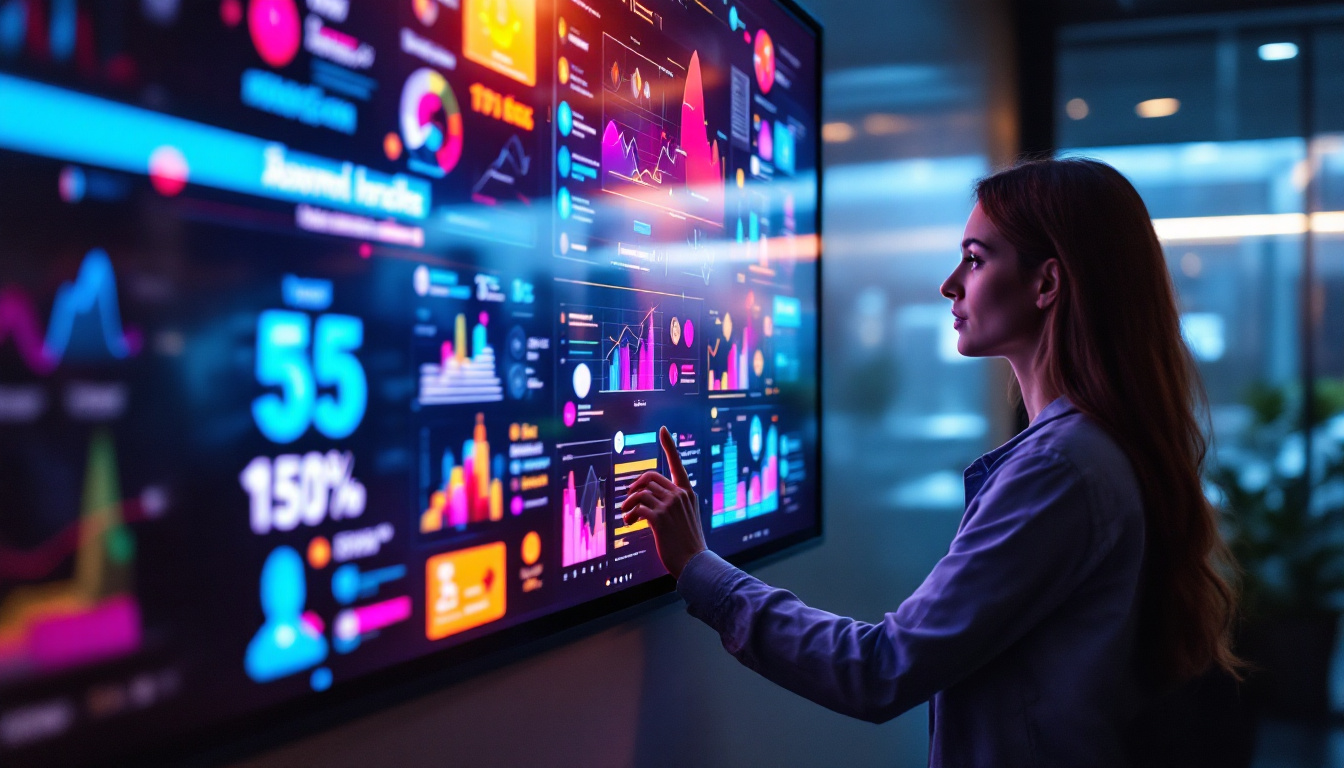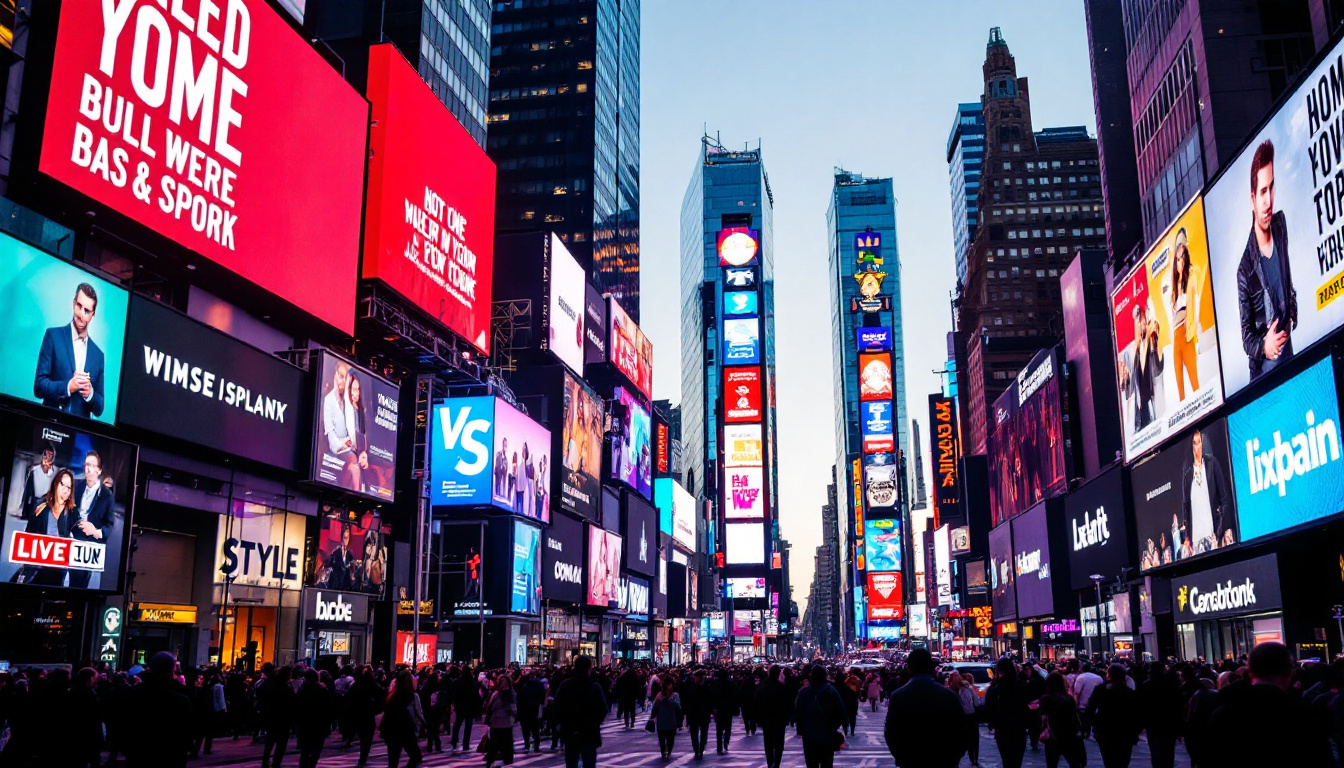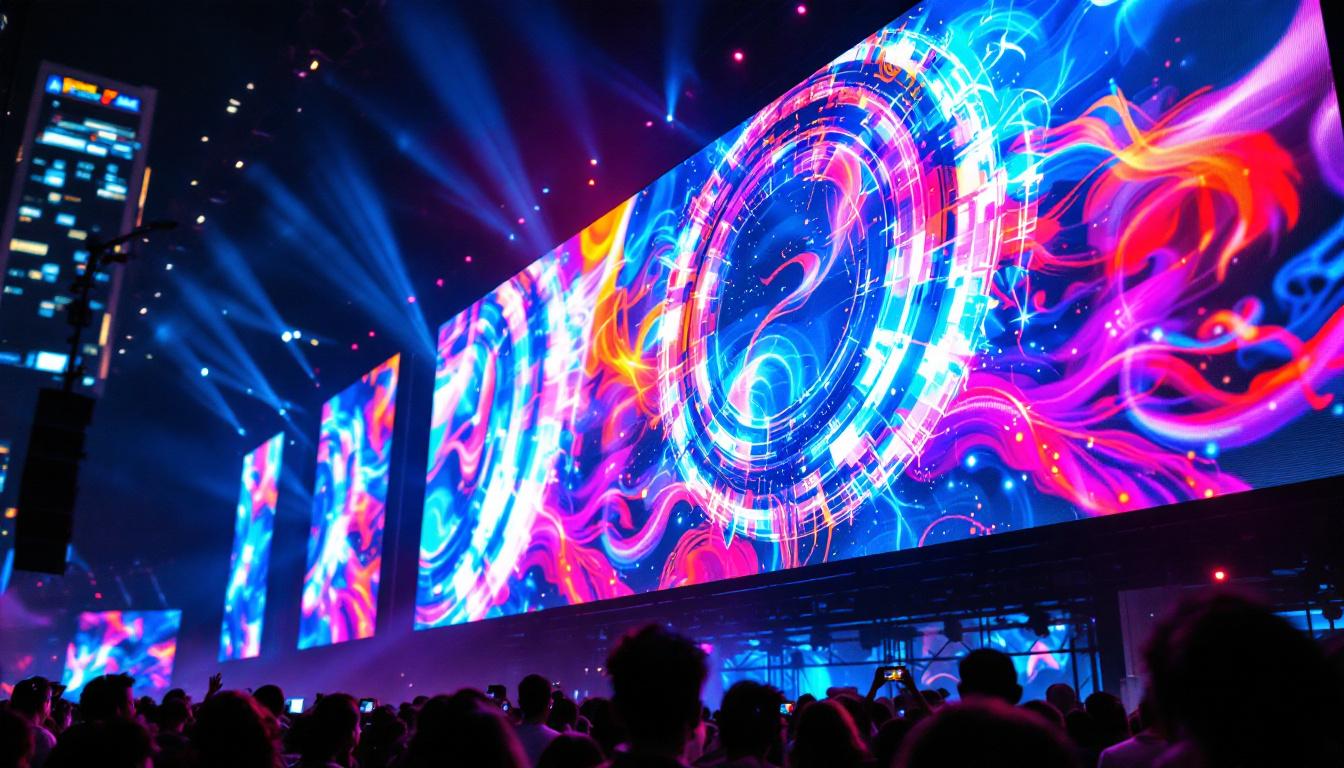In the world of stage design, the integration of technology has revolutionized the way performances are presented. One of the most impactful advancements in this realm is the use of LED displays. These vibrant screens not only enhance visual storytelling but also provide a dynamic backdrop that can transform any stage into a captivating environment. This article delves into innovative stage set design ideas utilizing LED displays, exploring their benefits, creative applications, and best practices for implementation.
The Importance of Stage Set Design
Stage set design is a crucial element in any performance, be it theater, concerts, or corporate events. It serves as the visual framework that supports the narrative and engages the audience. A well-designed stage can evoke emotions, set the mood, and enhance the overall experience.
Creating Atmosphere
One of the primary functions of stage set design is to create an atmosphere that aligns with the performance’s theme. Through careful selection of colors, textures, and shapes, designers can transport audiences to different worlds. LED displays play a significant role in this process, allowing for the projection of vivid images and animations that can change in real-time, thus adapting to the flow of the performance. Additionally, the use of lighting techniques, such as spotlights and ambient lighting, can further enhance the atmosphere, creating shadows and highlights that add depth and dimension to the set. The interplay of light and color can evoke specific emotions, guiding the audience’s reactions and immersing them in the experience.
Enhancing Storytelling
Storytelling is at the heart of any performance. A well-crafted set can visually narrate the story, providing context and depth. LED displays can be used to show critical scenes, backstory elements, or even character thoughts, enriching the narrative and keeping the audience engaged. By integrating video content with live performances, designers can create a multi-layered storytelling experience. Furthermore, the physical elements of the set, such as props and furniture, can symbolize themes and character development, subtly influencing the audience’s understanding of the narrative. For instance, a broken chair might signify a character’s downfall, while a vibrant backdrop can represent hope and renewal, allowing the audience to connect with the story on a deeper level.
Benefits of Using LED Displays in Stage Design
LED displays offer numerous advantages that make them an appealing choice for stage set design. Their versatility, brightness, and adaptability set them apart from traditional stage elements.
Versatility and Flexibility
One of the standout features of LED displays is their versatility. They can be used in various configurations, from large backdrops to smaller accent pieces. This flexibility allows designers to create unique visual experiences tailored to specific performances. Additionally, LED screens can easily be reprogrammed for different shows, making them a cost-effective solution for venues that host multiple events. The modular nature of LED panels means they can be assembled in various shapes and sizes, allowing for creative installations that can transform a stage into a captivating visual landscape. This adaptability not only enhances the aesthetic appeal but also provides practical solutions for space constraints in smaller venues.
High Brightness and Clarity
LED technology provides exceptional brightness and clarity, making it suitable for any lighting condition. Unlike traditional projection methods, LED displays maintain their vibrancy even in well-lit environments. This ensures that visuals remain impactful and can be seen from various angles within the audience, enhancing the overall viewing experience. Furthermore, the high resolution of modern LED displays allows for intricate details to be showcased, making it possible to display everything from stunning graphics to subtle textures that can elevate the narrative of a performance. The ability to achieve such clarity means that even the most complex visuals can be rendered with precision, ensuring that every element contributes to the storytelling.
Dynamic Content Capabilities
With LED displays, the content can be easily changed and updated, allowing for dynamic storytelling. Designers can incorporate animations, video clips, and live feeds, creating an immersive experience that evolves throughout the performance. This adaptability is particularly beneficial for events that require real-time updates, such as corporate presentations or live concerts. The integration of interactive elements, such as audience participation through mobile devices, can further enhance engagement, allowing the audience to feel like an integral part of the performance. Additionally, the ability to sync visuals with music and lighting effects can create a cohesive atmosphere that captivates the audience, making every show a unique experience that resonates long after the final curtain call.
Creative Applications of LED Displays in Stage Design
The potential applications of LED displays in stage design are virtually limitless. Here are a few creative ideas that showcase their versatility.
Immersive Environments
LED displays can be used to create immersive environments that transport the audience into different settings. For instance, a theater production set in a bustling city can feature a large LED backdrop displaying animated cityscapes, while a concert might utilize LED panels to simulate a starry night sky. This immersive approach captivates audiences and enhances their emotional connection to the performance. Additionally, the use of dynamic lighting effects synchronized with the LED visuals can further enhance the atmosphere, making the audience feel as though they are part of the action. By integrating soundscapes that match the visuals, designers can create a fully enveloping experience that resonates with the audience on multiple sensory levels.
Interactive Elements
Incorporating interactive elements into stage design can elevate the audience’s experience. LED displays can be programmed to respond to audience input, such as mobile voting or social media interactions. This engagement fosters a sense of participation, making the performance feel more personal and memorable. For example, during a live event, audience members could use their smartphones to influence the visuals displayed on stage, creating a unique experience that changes with each performance. This level of interactivity not only captivates the audience but also encourages them to share their experiences on social media, effectively extending the reach of the performance beyond the venue.
Layered Visuals
Layering visuals on LED displays can create depth and complexity in stage design. By combining live action with pre-recorded footage or animated graphics, designers can craft a multi-dimensional experience. For example, during a musical performance, the band could be filmed live and projected onto an LED screen, overlaid with animated visuals that complement the music, creating a rich tapestry of sight and sound. Furthermore, the use of augmented reality (AR) can take this concept to the next level, allowing performers to interact with virtual elements that appear to exist within the physical space. This fusion of real and digital worlds can leave audiences in awe, as they witness performances that blend artistry with cutting-edge technology, pushing the boundaries of traditional stagecraft.
Best Practices for Implementing LED Displays
While the benefits of LED displays are clear, successful implementation requires careful planning and execution. Here are some best practices to consider when integrating LED displays into stage design.
Consider the Venue
Every venue has its unique characteristics, and understanding these is crucial for effective stage design. Factors such as stage size, audience layout, and lighting conditions will influence how LED displays are used. For instance, in smaller venues, it may be necessary to limit the size of the LED screens to ensure that all audience members can see the content clearly without obstruction.
Content Creation
The content displayed on LED screens is just as important as the screens themselves. High-quality visuals that are well-designed and relevant to the performance will enhance the overall experience. Collaborating with skilled graphic designers and video producers can ensure that the content is engaging and complements the live action on stage.
Technical Considerations
Technical aspects such as resolution, refresh rate, and connectivity should be carefully considered when selecting LED displays. High-resolution screens are essential for maintaining clarity, especially when showcasing intricate details. Additionally, ensuring that the displays have a sufficient refresh rate will prevent flickering and maintain smooth motion in videos.
Future Trends in LED Stage Design
The world of stage design is continuously evolving, and LED technology is at the forefront of this transformation. As new innovations emerge, the possibilities for stage set design will expand even further.
Advancements in Technology
As technology continues to advance, LED displays are becoming more sophisticated. Innovations such as flexible LED panels, transparent displays, and even interactive surfaces are paving the way for more creative applications. These advancements will allow designers to explore new dimensions of stage design, creating experiences that were previously unimaginable.
Sustainability Considerations
With growing awareness of environmental impact, sustainability is becoming a crucial factor in stage design. LED displays are already more energy-efficient than traditional lighting and projection methods, but there is potential for further improvements. Designers are increasingly seeking eco-friendly materials and practices, such as using recyclable components and minimizing waste during production.
Integration with Augmented Reality
The integration of augmented reality (AR) with LED displays presents exciting opportunities for stage design. By combining AR technology with LED screens, designers can create interactive experiences that blur the lines between the physical and digital worlds. This fusion can enhance storytelling, allowing audiences to engage with the performance in new and innovative ways.
Conclusion
LED displays have transformed the landscape of stage set design, offering unparalleled opportunities for creativity and innovation. Their versatility, brightness, and dynamic content capabilities make them an essential tool for designers looking to create immersive and engaging performances. By understanding the benefits and best practices for implementation, stage designers can harness the power of LED technology to elevate their productions to new heights.
As the industry continues to evolve, staying informed about emerging trends and advancements will be key to pushing the boundaries of what is possible in stage design. With LED displays, the stage is set for a future filled with captivating visual experiences that resonate with audiences around the world.
Discover LumenMatrix’s Innovative LED Solutions
Ready to take your stage set design to the next level? Explore LumenMatrix’s wide array of cutting-edge LED display modules, designed to bring your creative visions to life. From Indoor and Outdoor LED Wall Displays to specialized solutions like Vehicle LED Displays, LED Sports Displays, and even Custom LED configurations, LumenMatrix offers the tools you need to create truly immersive and engaging visual experiences. Elevate your brand visibility and audience engagement with our advanced LED technology. Check out LumenMatrix LED Display Solutions today and revolutionize the way you communicate visually.

